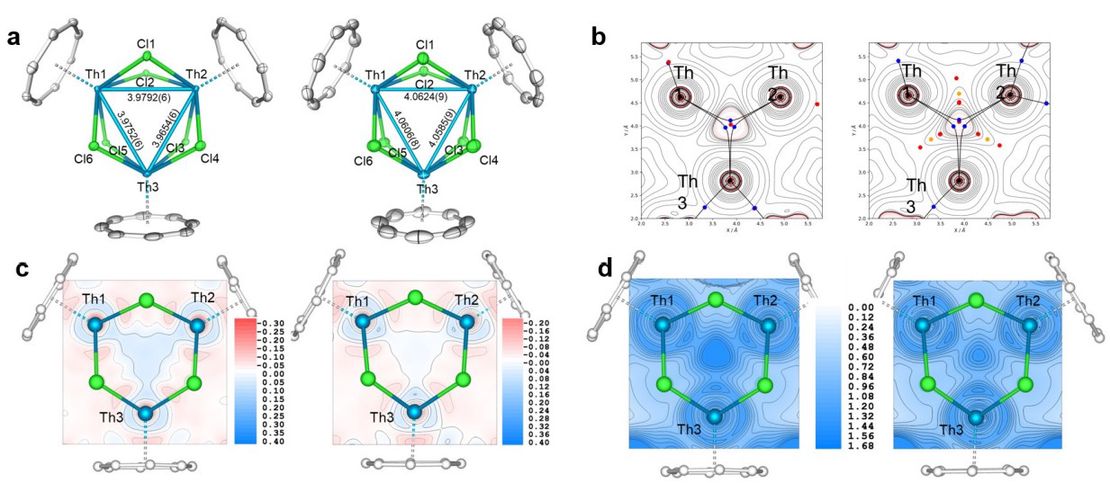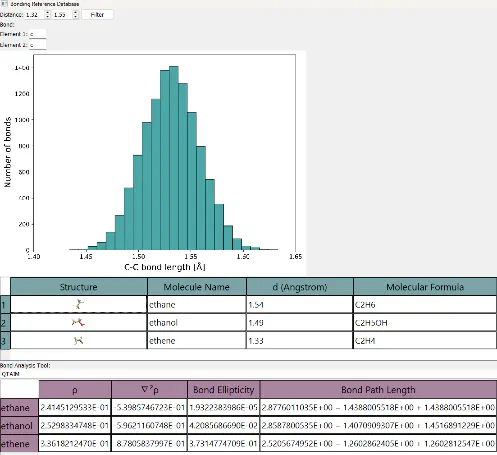Valence Electron Topology of compressed. Sodium -- a case study
- John Tse
- Session 6 , Chemistry
- Tuesday, July 15, 2025
- 12:35 pm
John S. Tsea,b,c,d Yuan Liub,c,d Hanyu Liub,c,d
aDepartment of Physics and Engineering Physics, University of Saskatchewan, Saskatoon, S7N 5E2, Canada; bKey Laboratory of Material Simulation Methods and Software of Ministry of Education, College of Physics, Jilin University, Changchun 130012, China; c International Center of Future Science, Jilin University, Changchun, 130012, China; dState Key Laboratory of Superhard Materials, College of Physics, Jilin University
It is well known that alkali and alkaline earth elements undergo a series of structural transformations under compression, typically progressing from cubic phases to exotic complex frameworks and even to incommensurate structures. Notably, sodium transforms into a wide band gap insulator at extremely high pressures. In addition, the melting behaviour of Group I and II elemental solids deviates significantly from that of most materials, for which the melting temperature generally increases with pressure. In contrast, these elements exhibit a non-monotonic melting curve: the melting temperature initially rises, then decreases to a minimum, and subsequently increases again. The underlying mechanisms and electronic origins of these anomalous behaviours remain incompletely understood.
One distinctive feature of compressed alkali and alkaline earth elements is the presence of non-nuclear maxima (NNMs)—regions of localized electron density in the interstitial spaces of the structure, often associated with electride behaviour. From a chemical standpoint, this phenomenon arises from the hybridization of valence orbitals with unoccupied orbitals of higher angular momentum. In this study, the characteristics of NNMs are examined using Bader’s Quantum Theory of Atoms in Molecules. The analysis reveals that NNMs are pivotal in stabilizing the crystalline structure. Moreover, the average electron population associated with NNMs correlates with the relative densities of the solid and liquid phases. It is a key parameter in determining the melting trend of these elements.

